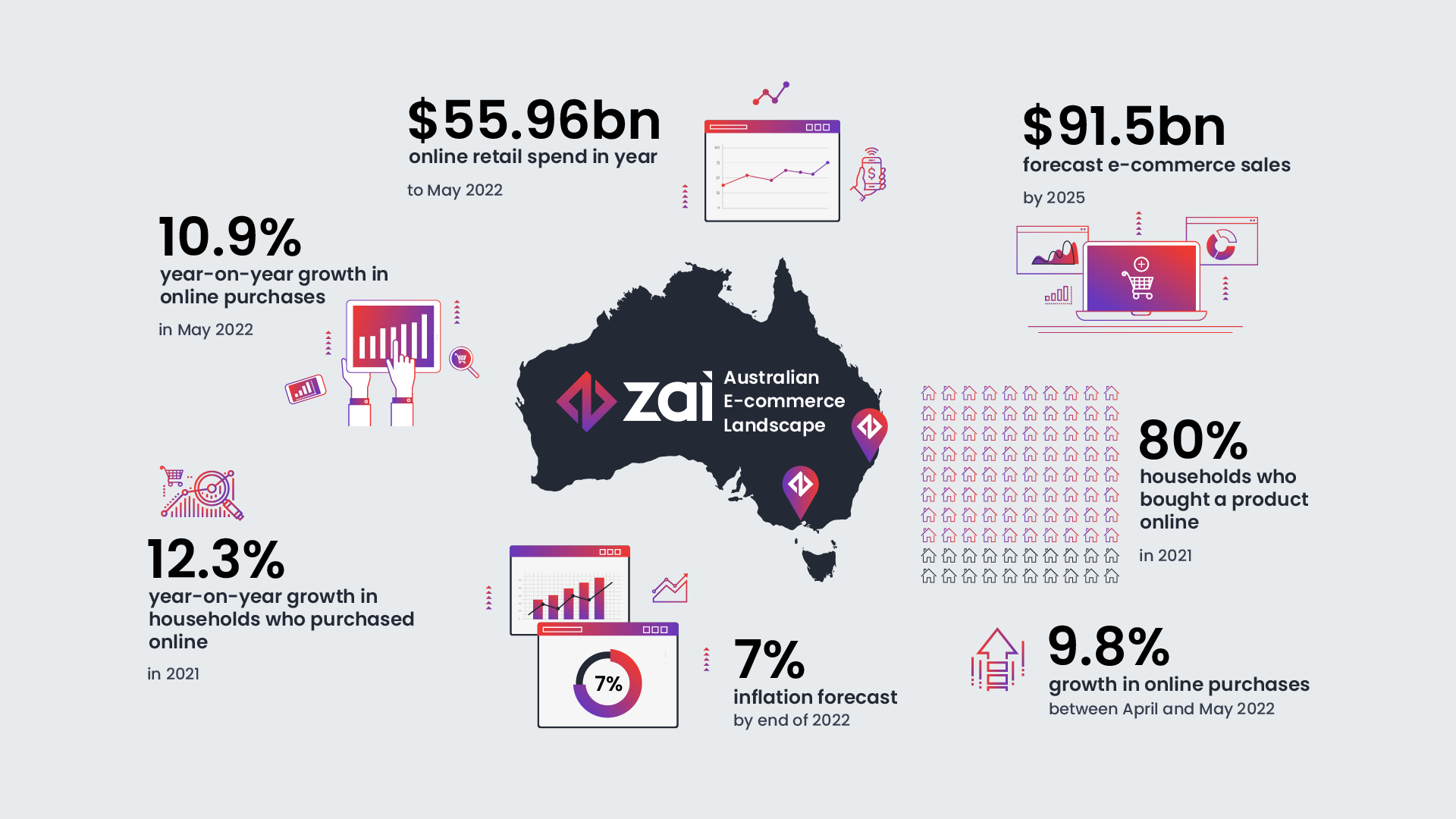With the dramatic rise of online marketplaces we’ve noticed here at Zai that a key challenge for growth hackers, CEOs, and marketers revolves around solving the invoicing problem.
Typical ways invoicing snags materialize:
- The invoicing process begins having a negative impact on user and customer experience.
- Lost fees from ‘marketplace leakage’ that drag down ROI and close margins.
- Significant effort is committed to chasing invoices that could be used elsewhere, reducing overall productivity.
- An increased lack of trust between buyers and sellers.
In this article we’re going to clear things up a bit and demonstrate how properly integrated marketplace payments change the core component of invoicing and remove the ‘chasing payments’ issue. This can have a positive effect on the customer experience and bring with it other welcome business benefits.
Avoid this common mistake
Don’t introduce payment methods into a marketplace just for the sake of doing it.
Instead, take a more thoughtful and strategic approach to the integration of marketplace payments so they fix core issues like those highlighted above.
When justifying the integration of payments, desired outcomes to aim for should include:
- Ensuring and improving trust across customers in the marketplace.
- Helping customers achieve their desired outcomes when using your marketplace.
- Improving the number of repeat buyers and sellers.
- Payments should feel frictionless, too easy not to do.
Get rid of 'off platform' interactions
Payments should add service-value, but more importantly, attempt to address behaviors a marketplace can’t control. They must be designed with customer-centricity in mind so as to reach customer success.
When arriving at the register in a busy grocery store checkout line, customers will not want to be told that they must pay over the phone or outside the store within 30 days – chances are they’ll leave (click away) and find somewhere else to shop.
A more convenient approach
There are only few things that make a grocery store work. First, customers trust the store has what they need. This can only happens if every product, service and process has been meticulously thought through to meet their needs and expectations. They therefore clearly understand how products and services are outlined, that they’ll need to pay before leaving, and finally that the checkout process will include a familiar set of payment options.
When implementing this analogy in the online space, there are a number of factors that determine the nature of the solution – examples include:
- The type of industry.
- Key points of entrance into the marketplace.
- Incentives needed to earn repeat buyers and sellers.
- Customer onboarding.
- Payment flows as well as the understanding of analytics and metrics.
Once a marketplace realizes the need for a payment solution, consider the core issue that drives it. To get rid of the invoicing problem don’t offer payments just because, but instead seek to ensure certain benefits are achieved throughout the entire marketplace process.
Consider designing your payment flow to not just offer payments at the end in the checkout line, but to improve the stickiness of your marketplace overall while also providing a thoughtful experience for customers.



